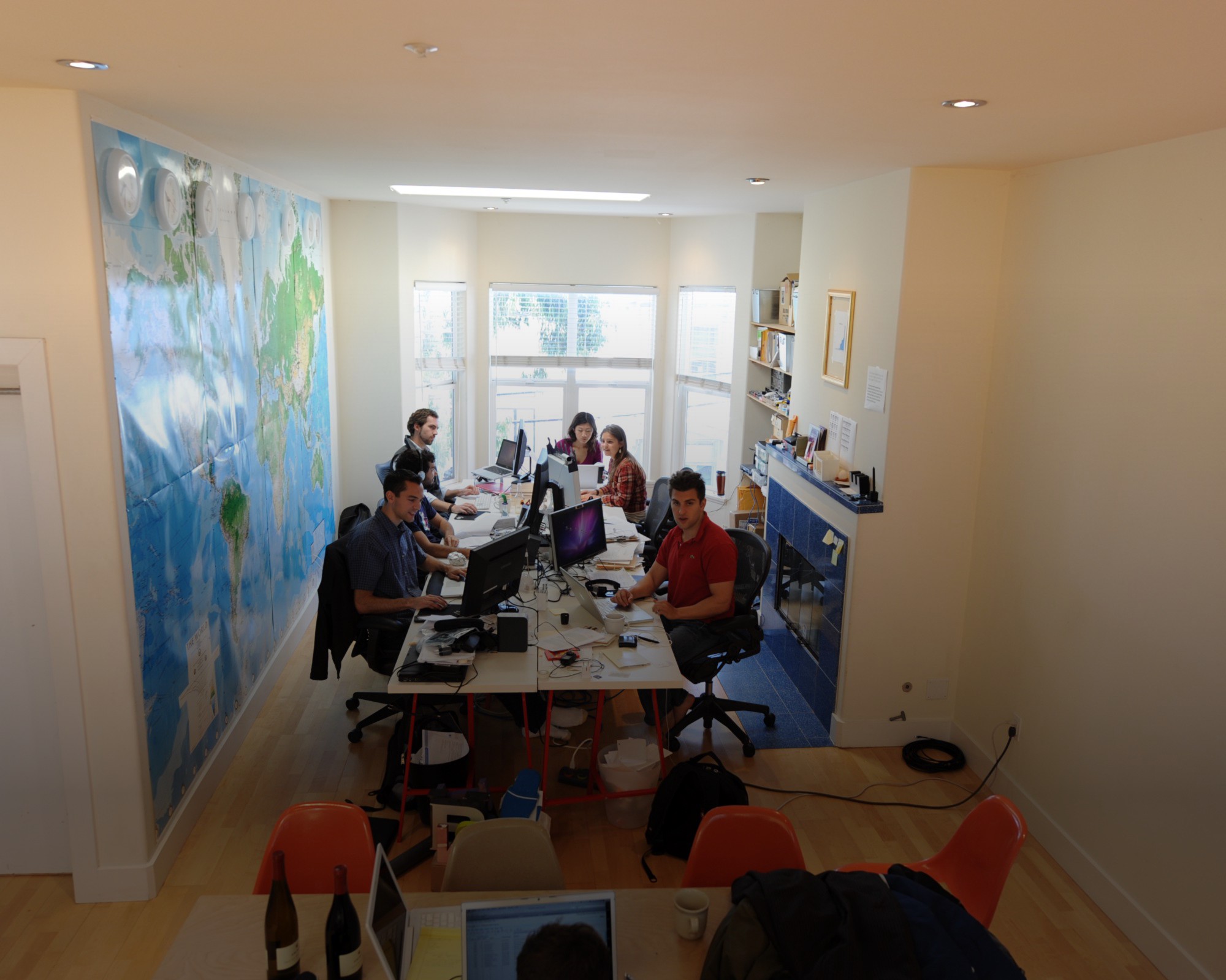Stefan Vetter’s clients only pay when certain goals have been achieved. His colleagues only work when they want to. The CEO of the AdWords agency Wortspiel GmbH tells ‘persoenlich’ how this works. [This interview was published originally in German at persoenlich.com.]
Lucienne Vaudan: Mr Vetter, your agency has an unusual business model: results based remuneration i.e. your clients only pay for the real profits your input generates. Why did you go for this?
Stefan Vetter: We tried different payment models. For example, some agencies are paid with a percentage of advertising revenue. That isn’t always in the best interests of the customer since the more they spend, the more the agency earns. Another approach would be to charge by the hour. But this rewards inefficiency. With a set budget the agency earns more, even when less time is invested in a project. We wanted a model that rewards success and so we opted for results based remuneration.
What does that mean exactly?
The more turnover, or the more leads, we generate for the customer, the more we earn. If goals are not met, we lower our fee. However, this approach is not suitable for every product. As soon as the set goal corresponds to an offline activity, it doesn’t work. You have to be able to measure success. We apply results based remuneration where we can see, for example, how many people have registered with a certain website or how many have clicked on something.
Don’t other factors come into play, which cannot be directly influenced by your work?
That’s right. Of course a lot depends on other things the client does. So mutual trust is very important – we should get to know one another.
Is it realistic to want to get to know each client in advance?
This requirement naturally slows the sales process. There are certainly customers for whom this would be too slow. On the other hand we reject clients who do not want this. We can accept this and it is all the more rewarding when we can directly influence a client’s success. So it’s not an approach that works for everyone but there are people who value this model and actively look for it.
Doesn’t this complicate the process of working together and lessen transparency?
On the contrary, this model allows for increased transparency, since the client only pays for what we really deliver. The client can also access all statistics and data, so they’re always in the picture even though we spend less time talking about KPIs and monthly reports with our customers. Even discussion of the budget becomes peripheral since the clients know that we only start earning when they do.
The relationship between yourselves and your associate companies is unusual. In reality your agency comprises seven companies.
For a long time I worked as an employee. Although I learned a lot, things did get too constricting. I could not decide with whom I would work; or where or when I could work. So going self-employed was an easy decision. At the same team I am a team player. That’s why I’ve built up a business with no employees as such, but rather partners. Each one of us runs his or her own business.
How does this partnership work in practice?
We work together so that we can take on bigger, more exciting projects. But each is independent and decides for himself whether or not he wants to work on a new project and where he wants to do that.
Initially Home Office was greeted enthusiastically by many in tech firms, but the practicalities turned out to be more difficult than people thought. How do you manage to undertake a project when your business partner is on the other side of the world; in a different time zone?
At any one time each project is in itself binding. I think the ‘digital nomad’ trend will only become more prominent with time. Generation Y defines itself more through freedom and the possibility of personal development than status symbols. We communicate with online tools and are in principle always connected. We skype regularly and have a team meeting via video chat once a week. Furthermore we have collective goals that draw us together more profoundly than a shared office kitchen would.
Do you even have a shared office?
Yes, and we do use it. But actually it’s mainly used to host clients. Mostly I work two days a week in the office and the rest of the time I work from home. That requires a little discipline, but in this way I can spend more time with my two month year old daughter, and give my wife a break. This wouldn’t be possible if I were commuting for 2 hours a day.
You’ve mentioned the discipline required. What other challenges does this model expose?
There is less security in the usual sense. There is no fixed salary; if there are fewer new contracts then everyone shares the responsibility to find new projects. This requires a lot of mutual trust because it is harder to resolve disagreements ‘remotely’ as opposed to doing this directly. So it’s especially important that we get along.
Still not enough emails? Sign up for my newsletter.



